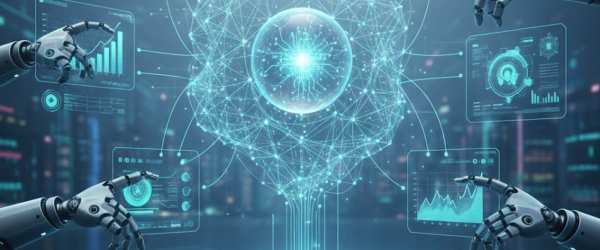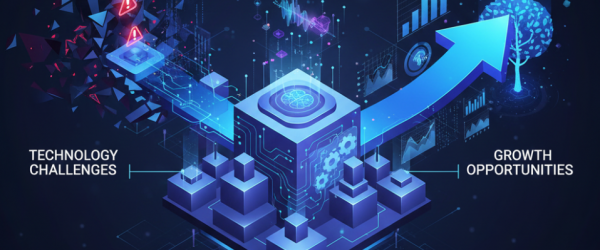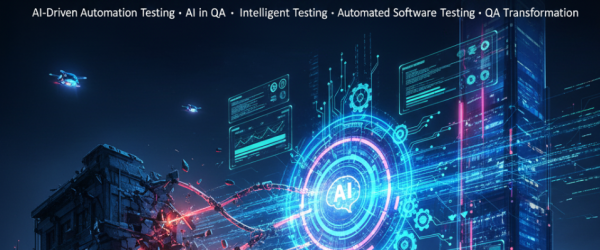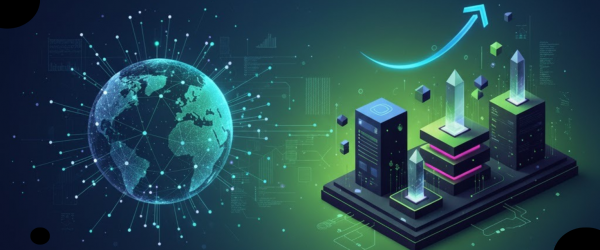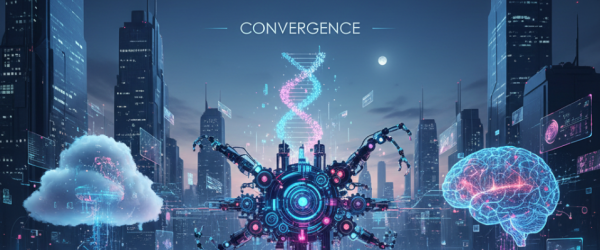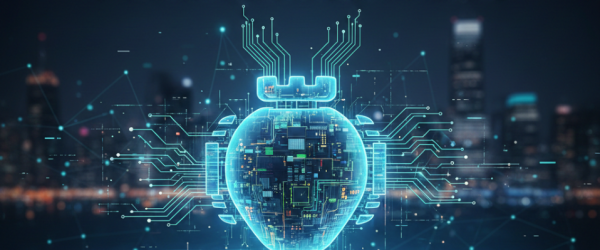Introduction
The journey of IT has been one of constant evolution. From manual command-line interfaces to graphical user interfaces, from standalone servers to complex cloud architectures, each stage has brought new levels of efficiency and capability. For years, automation has been the holy grail, streamlining repetitive tasks and reducing human error. However, we are now on the cusp of a much more profound transformation: the shift from mere automation to true autonomy, driven by AI.
This shift marks the emergence of AI-First IT Ecosystems – intelligent environments where systems not only execute predefined tasks but also learn, adapt, predict, and self-optimize with minimal human intervention. This isn’t just about faster operations; it’s about redefining the very nature of IT and, by extension, business operations.
Why Evolution to Autonomy Matters
The limitations of automation become apparent as IT environments grow more complex. While automation excels at repetitive, rule-based tasks, it struggles with:
- Unforeseen Issues: Automation cannot anticipate novel problems or adapt to rapidly changing conditions.
- Contextual Understanding: It lacks the ability to understand the broader context of an issue across disparate systems.
- Optimizing Beyond Rules: Automation can’t dynamically learn the best way to optimize resource allocation or troubleshoot problems without explicit programming.
This is where AI steps in. Imagine systems that predict failures, intelligently diagnose root causes, and even self-heal before impacting users. This isn’t science fiction; it’s the promise of AI-First IT. According to Gartner, by 2026, AIOps platforms will be utilized by 60% of organizations for large, complex IT environments, up from 20% in 2022. This rapid adoption underscores the urgent need for autonomous capabilities.
The Pillars of AI-First IT Ecosystems
Building an AI-First IT Ecosystem relies on several integrated components:
- Observability & Data Fusion:
- Automation’s Role: Collects metrics, logs, and traces from diverse sources.
- Autonomy’s Role: AI fuses this massive data, provides context, and uncovers hidden relationships across the entire stack, enabling a holistic understanding of system health.
- Intelligent Automation (AIOps):
- Automation’s Role: Executes predefined scripts and workflows.
- Autonomy’s Role: AI learns from historical data and real-time events to dynamically adapt automation. It detects anomalies, predicts outages, and triggers smart remediation actions without human intervention. The AIOps market is projected to reach $60 billion by 2030, reflecting this growth.
- Predictive & Prescriptive Analytics:
- Automation’s Role: Provides dashboards and alerts based on thresholds.
- Autonomy’s Role: AI analyzes trends to predict future states (e.g., capacity bottlenecks, security vulnerabilities) and then prescribes the optimal actions to take, moving from “what happened” to “what will happen and what to do.”
- Self-Optimization & Self-Healing:
- Automation’s Role: Can restart services if they crash.
- Autonomy’s Role: AI identifies root causes, selects the best recovery strategy from learned patterns, and automatically implements it. It can auto-scale resources, reconfigure networks, or isolate faulty components intelligently.
Benefits of Autonomous IT Ecosystems
The shift from automation to autonomy brings profound benefits to organizations:
| Benefit Category | Description | Impact & Statistics |
| Enhanced Reliability | Systems can self-detect, self-diagnose, and self-heal, drastically reducing downtime. | Organizations leveraging AI for operations can reduce unplanned downtime by 30-40%. |
| Boosted Efficiency | Reduced manual intervention for routine tasks, freeing up IT teams for innovation and strategic work. | Enterprises adopting AIOps report 20-30% productivity gains across IT Ops teams. |
| Faster Time-to-Market | Agile, resilient infrastructure supports rapid deployment and scaling of new applications and services. | Accelerated development cycles due to fewer operational roadblocks. |
| Proactive Security | AI identifies and neutralizes threats faster than human teams, often before they cause damage. | AI-powered security tools can reduce the time to identify and contain breaches by 25%. |
| Dynamic Scalability | IT infrastructure dynamically adjusts to demand, optimizing resource utilization and cost. | Cloud spend can be better managed, avoiding over-provisioning and waste. |
The Human Element: Leading the Autonomous Revolution
The rise of AI-First IT Ecosystems does not diminish the role of humans; it elevates it. Instead of spending time on reactive firefighting, IT professionals become architects, strategists, and innovators. They oversee the autonomous systems, define their learning objectives, and focus on higher-value tasks that drive business growth. The human-AI collaboration becomes seamless, with AI handling the “how” and humans defining the “what” and “why.”
Conclusion
The journey from simple automation to full IT autonomy is not merely a technological upgrade; it’s a fundamental reimagining of how businesses operate. AI-First IT Ecosystems are creating intelligent, self-learning infrastructures that deliver unparalleled reliability, efficiency, and agility.
By embracing this paradigm shift, organizations can unlock new levels of performance, reduce operational costs, and free their human talent to innovate. The future of IT is autonomous, and the businesses that strategically invest in building these intelligent ecosystems today will be the leaders of tomorrow.


